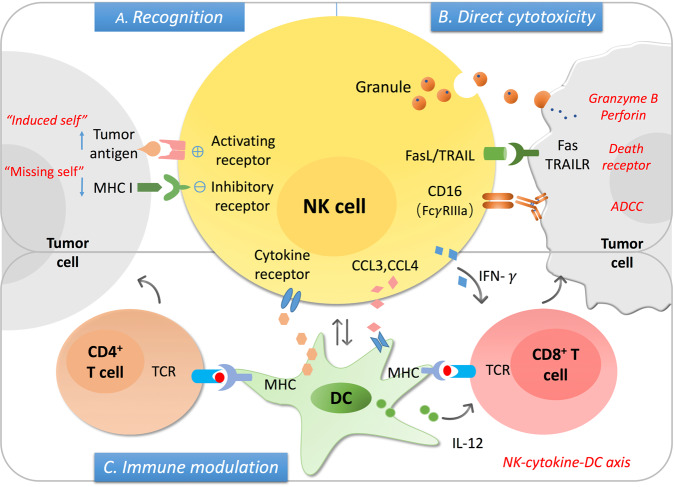Fig. 1. The NK cell function mechanism in cancer.
The NK cell can function as the innate cytotoxic effector as well as a regulator modulating both the innate and adaptive immunity. a As the innate killer cells, the stress-induced ligands (“induced self”) and decreased MHC I expression (“missing self”) level can be recognized by the activating and inhibitory receptors on NK cells respectively, the balance of which determines the NK cell activation status. b After activation, NK cells can induce the lysis of the target cells via secreting granules with granzyme B and perforin, the death receptor/ligand interaction and antibody-dependent cell cytotoxicity. c On the other hand, activated NK cells can secrete an array of cytokine and chemokine that promoting the DC maturation and recruitment, which can further modulate T-cell response including the cytotoxic CD8+ T-cell and Th cell activation.

